[car home reveals new car technology] On March 11th, the plug-in hybrid version of GAC Toyota Ralink Shuangqing-(|) was officially launched. The new car and the FAW Toyota Corolla twin-engine E+ model listed on March 9 are sister models and adopt the same hybrid system. As a plug-in hybrid car, the car can get the green license for free in some restricted cities, and can enjoy some subsidies and tax concessions. This is one of the important factors for the car to gain consumers’ attention in the market. The price and configuration of Ralink Shuangqing E+ have been announced in the listing article (portal). Today, let’s take a look at how the technology of this new car is compared with the plug-in hybrid model at the same level.
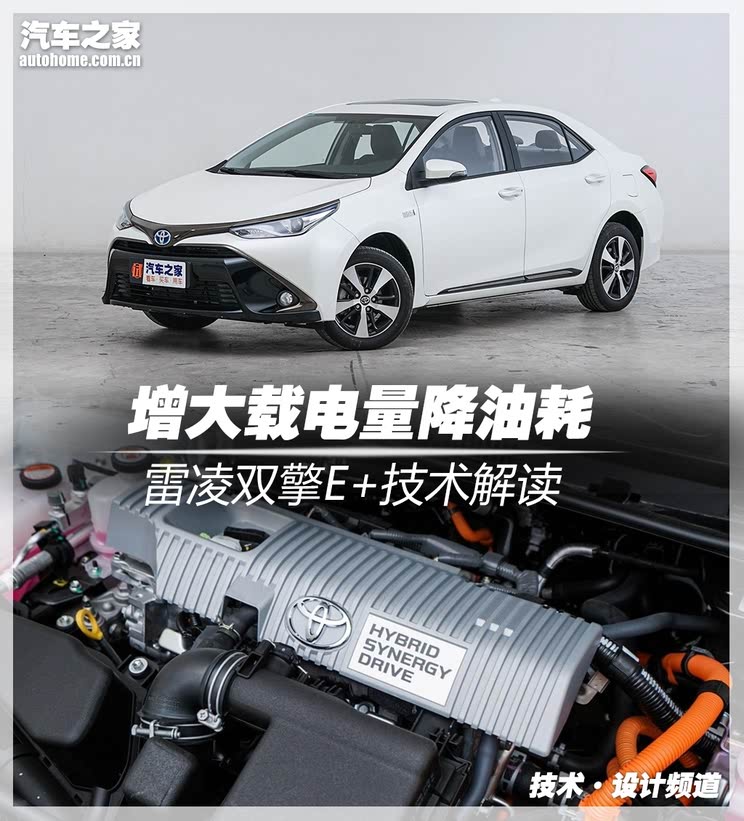
● The replacement of Leiling Shuangqing with 10.5kWh lithium battery ≈ Leiling Shuangqing E+
The biggest difference between the electric plug-in hybrid and the electric plug-in hybrid is the power battery. The electric plug-in hybrid E+ is equipped with a 10.5kWh lithium-ion battery, which comes from Panasonic, Japan, and can make the vehicle run 55km in pure electric mode. However, the old Rayling double engine is only equipped with a small capacity Ni-MH battery, with a capacity of 1.31kWh, and can only walk 2-3 kilometers in pure electric mode. A larger battery pack can make a new car achieve a lower comprehensive fuel consumption level under short-distance driving conditions. However, after switching to a large-capacity lithium-ion battery pack, the kerb quality of the LaTeX E+ has increased (the kerb quality of the LaTeX E+ top-mounted vehicle is 130kg heavier than that of the LaTeX top-mounted vehicle), which will lead to an increase in power loss and fuel consumption of the vehicle.
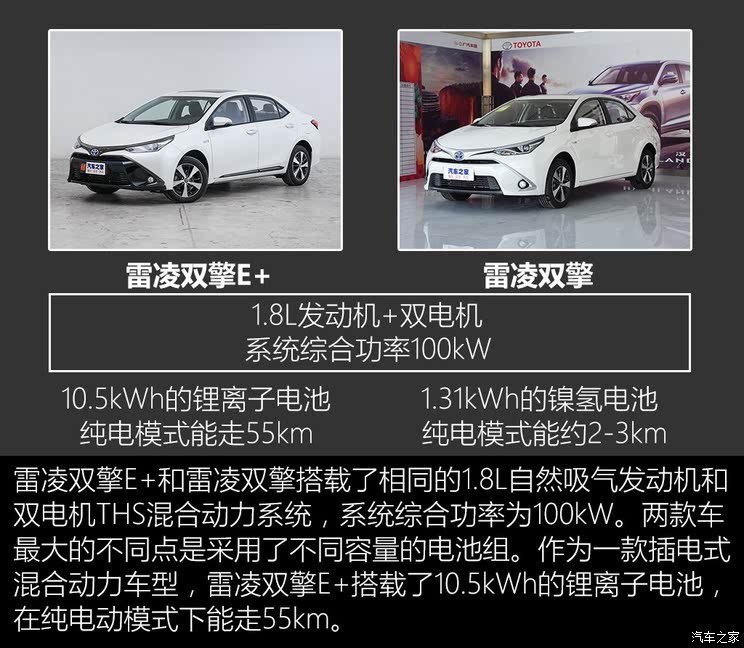
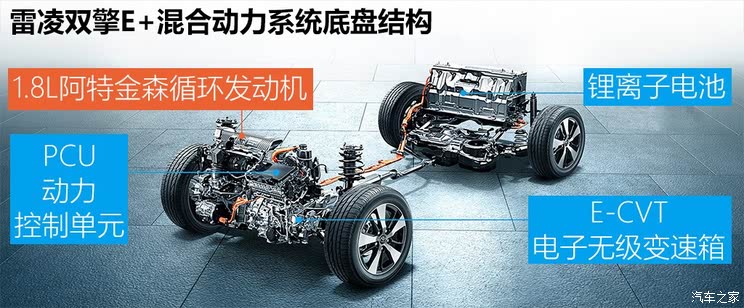
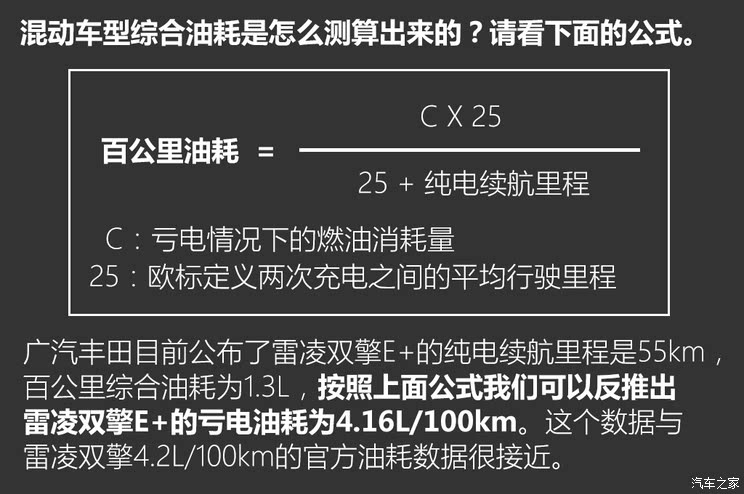
It is precisely because of the increase of power battery capacity that the comprehensive fuel consumption of Leiling Shuangqing E+ is 1.3L per 100 kilometers in the fuel consumption test cycle of the Ministry of Industry and Information Technology. Compared with the comprehensive fuel consumption of 100 kilometers of the Ralink Twin Engine 4.2L, the fuel consumption of the Ralink Twin Engine E+ has been significantly reduced, mainly due to the increase in battery capacity. The increase of battery pack capacity realizes a longer pure electric cruising range, and also enables the vehicle to make full use of the motor for power assistance, thus positively helping to reduce fuel consumption.
I compared some well-known plug-in hybrid compact cars on the market at present, and we can see that only BYD Qin Pro DM’s comprehensive fuel consumption is lower than that of Lei Ling Shuangqing E+. At present, BYD has not announced the power battery capacity of BYD Qin Pro DM, but judging from the cruising range of the car of 80km, its power battery capacity should be greater than that of Ralink Shuangqing E+. The comprehensive fuel consumption data of other plug-in hybrid vehicles are not superior to the comparison of Ralink dual-engine E+.
In addition to fuel economy, the dynamic performance of the car can not be ignored. By comparing the vehicle power output data, we can see that the comprehensive power and torque of BYD Qin Pro DM, SAIC MG 6 New Energy and SAIC Roewe ei6 are relatively large, which can provide better acceleration performance for vehicles. Among them, the maximum power of BYD Qin Pro DM is dominant, and the maximum torque of SAIC MG 6 New Energy and SAIC Roewe ei6 is dominant. The power parameters of the E+ engine are consistent with those of the E+engine, and there is no advantage compared with these China brand vehicles mentioned above.
● Time-tested Toyota THS hybrid system
Toyota’s THS hybrid system was officially applied to Prius in 1997, and it has been applied for more than 20 years. After many technical iterations, Toyota’s THS system has developed to the fourth generation. THS-IV has been incorporated into the technical framework of Toyota TNGA, and its internal structure has undergone great changes compared with the previous three generations of THS systems. In China, THS-IV is adopted in the new Camry hybrid vehicle. Interested friends can refer to: "Emission Reduction and Electrification Talk about Toyota TNGA Architecture Power System", which will not be described here. The hybrid system mounted on the E+ of Ralink engine belongs to THS-III.
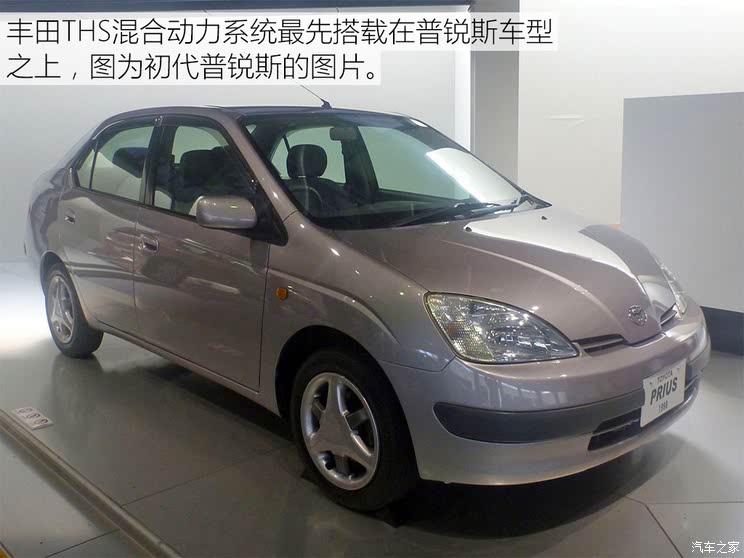
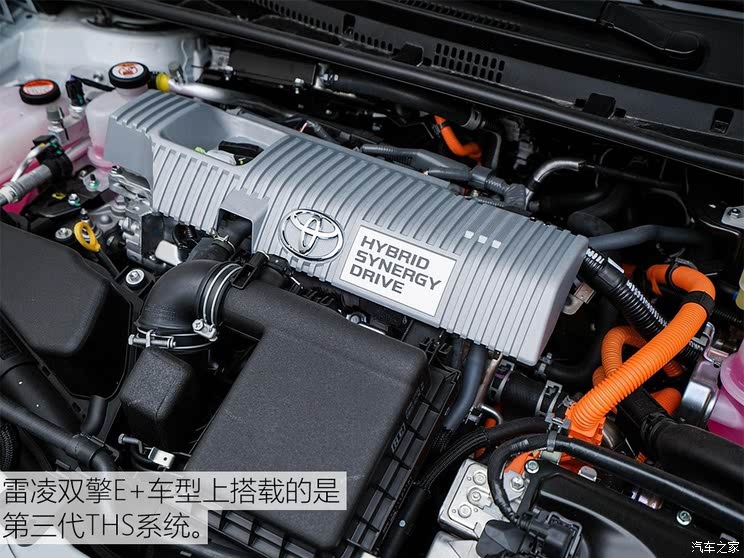
Today, our protagonist is the E+ of the Thundering Twin Engine. The THS system used in this car is consistent with that on the Thundering Twin Engine, and it belongs to the third generation product. Compared with the second generation THS, the third generation THS adds a set of deceleration planetary gear sets on the basis of the power distribution planetary gear set, which reduces the speed difference between MG1 (motor mainly used for power generation) and MG2 (motor mainly used for driving), so that the vehicle can travel at a higher speed in pure electric mode. Besides,The third generation THS abandoned the chain transmission mode of the second generation THS and used the gear transmission mode with higher transmission efficiency.
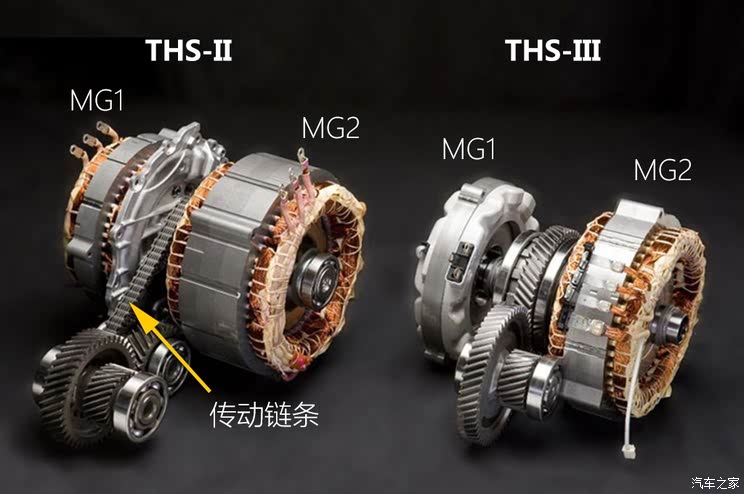
Like the previous two generations, the THS system of the third generation on the Ralink engine E+ mainly controls the working states of two motors (MG1 and MG2) and uses the power distribution planetary gear set to realize the reasonable distribution of energy flow under different working conditions. THS system abandons the hydraulic torque converter, solenoid valve assembly and multi-plate clutch of the traditional AT automatic transmission, simplifies the structure, and enables the engine to work in the economic fuel consumption area as much as possible with the assistance of the motor, thus reducing fuel consumption.

Get involved now! Article quality investigation